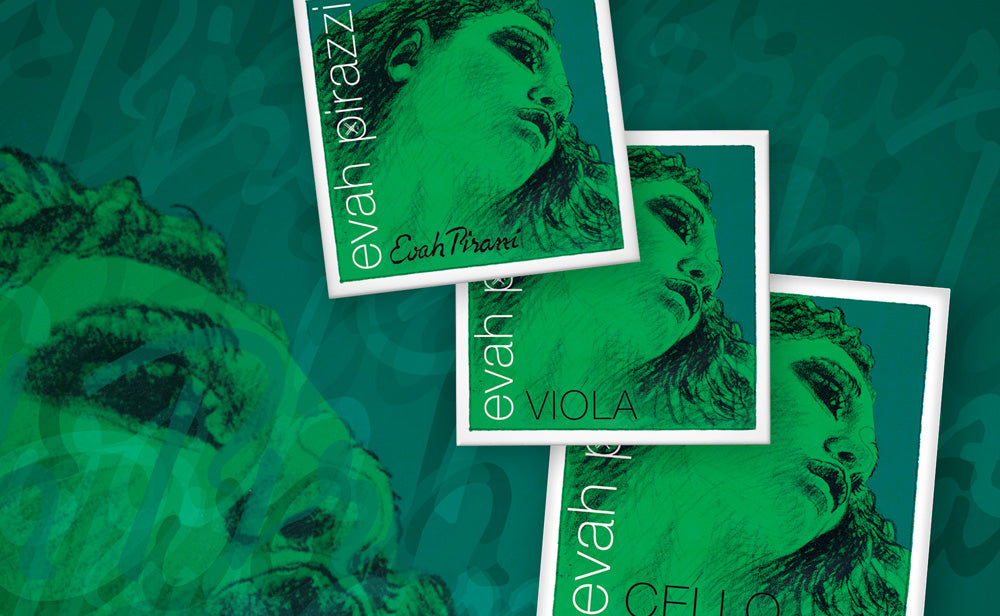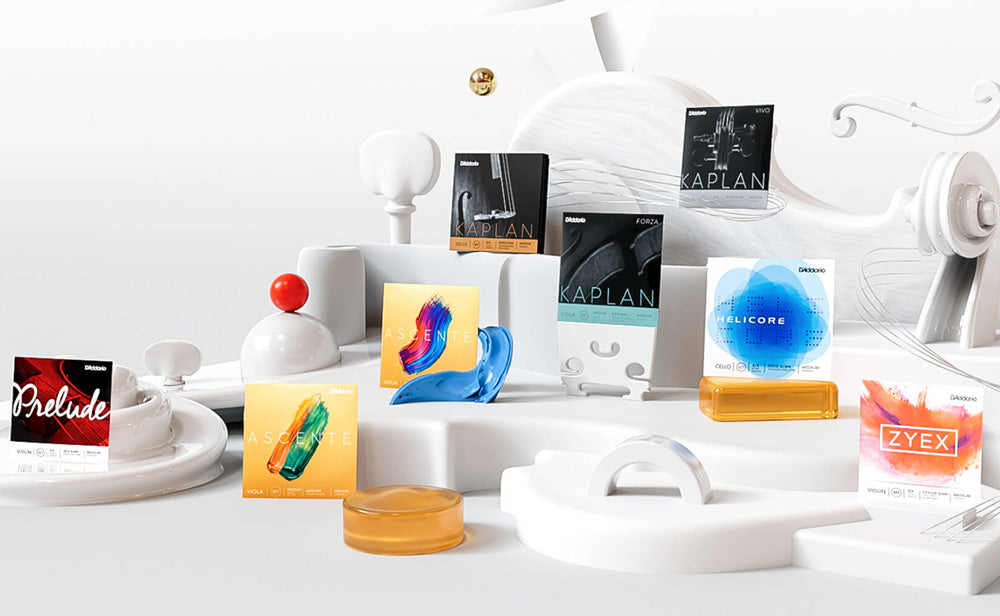More Information on Wessex Instruments
Expert and experienced wood selection is a critical factor in making high quality instruments. This selection process can often be a challenge, with the high cost of the finest European wood, making commercial production uneconomical. Wessex's makers look for value for money and materials that will work best. Balkan Maple is selected and stored for over 10 years before being worked.
Bavarian spruce is graded and hand selected. Wessex's makers carefully match the materials for each instrument, so that they work well together, to produce the best sounding and value for money instruments our workshop can produce.
The materials for each of the three grades of instrument are carefully selected at the beginning of the manufacturing process, allowing the makers to fully understand which grade of instrument they are making. The M Series is a different model and incorporates several finer details that are worked into these higher-grade instruments.
The methods of construction are a careful blend of the modern and the traditional. Wessex's makers use many of the methods employed in violin making for 400 years, but some tools and labour-saving devices are from the modern age.
Once the instruments have been made, they are then left to season “in the white”. This process takes a minimum of 12 months, but for the M Series violins, this waiting can be anywhere between 18 and 30 months. Natural UV rays, helped by the long hours of the warm English summer do their slow, but steady work. They harden and seal the wood, allowing the instrument to settle and most importantly take on the beautiful honey-colour, that is the foundation for the oil varnish. In modern, mass production, this dedication to time, and just leaving nature to its course, is a luxury that few commercial workshops can enjoy, and sets Wessex's production apart from others. Oil varnish is based on the traditions of the English school of violin making that dates back 300 years.
The honey-coloured wood that forms the base for our varnish is treated and then the oil varnish is painstakingly hand applied; each coat of varnish is left to harden, rubbed down and then reapplied, building up layers. Through the subtle use of shading makers can add depth to the over-all finish and bring out the natural beauty of the wood. The instruments are set up using the finest materials; the ebony for our fingerboards is from West Africa; the fittings are mostly in Ebony or the finest European Boxwood.




